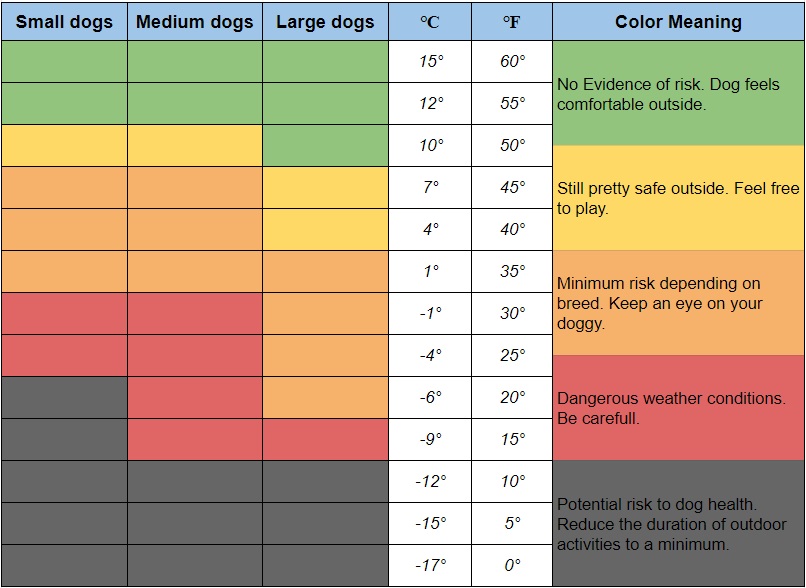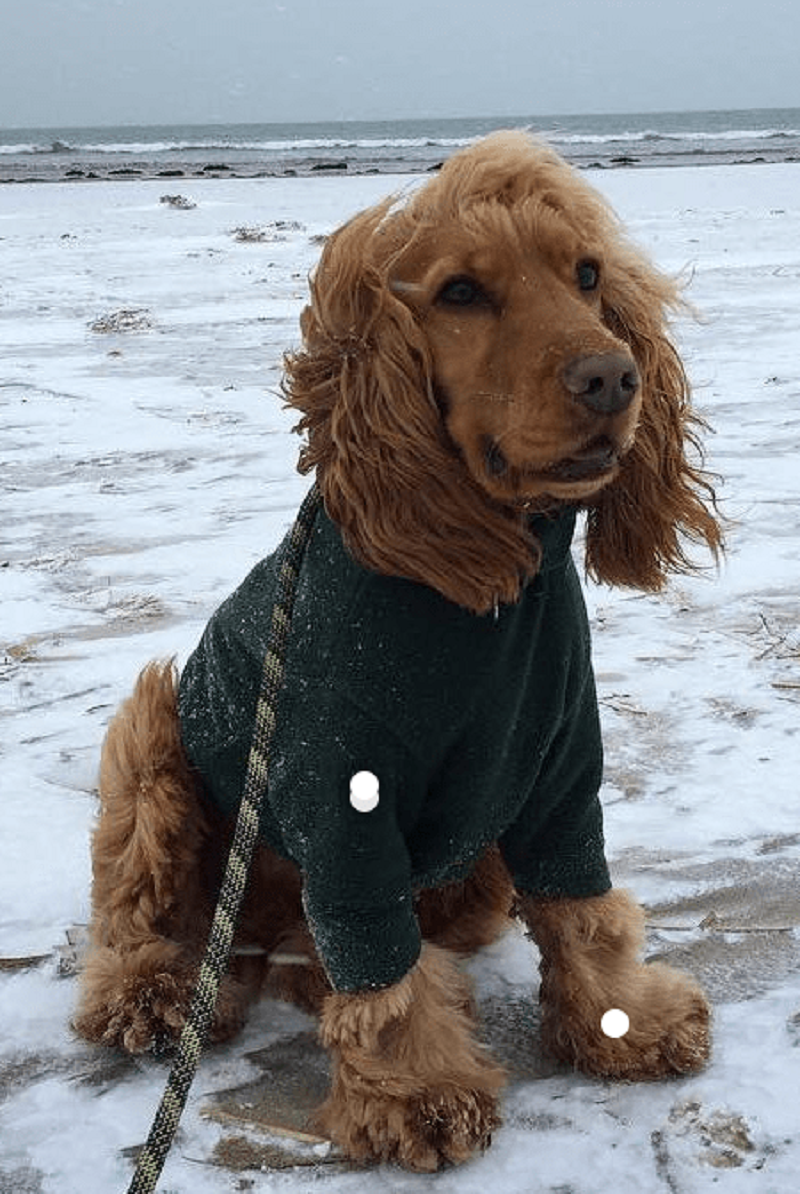- Do Dogs Get Cold at Night?
- Do Dogs Get Cold at Night in the House?
- How to know if your dog is cold while sleeping?
- All dogs are different
- Temperatures and how it is for dogs
- Ways to keep your dog warm at night
- How to keep a dog warm at night outside
- Summary, if dogs can get cold at night
It is important to be aware of the risks involved with cold weather and how it can affect your pet. For example, if you live in an area that experiences winter months where temperatures drop below the freezing point for several days each week then there are certain protection measures that must be taken by both owners as well as those who share their homes around year-round. There are pet boots that protect sensitive paws from cuts or dirt as well as dog coats for those chilly days when you need an extra layer! There is even a product out there called “nose balm” which will keep your pup from getting Researching temperatures while outdoors.

There are a few things you can do to keep your dog warm during the winter months, even if they don’t have an official “cold” breed. Follow these tips and enjoy playtime in the snow with them!
Do Dogs Get Cold at Night?
Dogs do not feel the same way humans do about temperature. They have an instinct to seek out warm places and curl up in them, even if it’s just a pile of blankets on your bed or couch! So when people ask “do dogs get cold”, they’re really asking whether their pets will suffer from being left outside during cold weather.
The short answer is yes, dogs do get cold at night if they’re not properly dressed for the temperature! It’s important to keep your dog warm during the winter months so they can enjoy time outside playing in the snow and going on walks with you around town.
It’s also good to remember that dogs’ bodies are naturally warm so even though they may seem cold on the surface, a dog’s core temperature is usually around 99,32°F (37.4⁰С) and higher. Normal temperature in dogs ranges from 99,32°F (37.4⁰С) to 102,02°F39.0⁰С. The older and larger the dog, the lower its temperature. If you suspect your pooch has gotten too chilled while playing outside or sleeping indoors without any extra blankets around them, take their temperature to see how they’re doing.
Do Dogs Get Cold at Night in the House?
Dogs do get cold at night in the house if they don’t have a warm place to sleep. The best way for dogs to stay warm during colder seasons is by having access to heated rooms where they can curl up on the floor and enjoy some heat from a fireplace or space heater.
You should also provide blankets for your pet so that he/she doesn’t have to lay directly on hardwood floors which could be very uncomfortable in wintertime when temperatures drop below freezing outside!
- Dog jackets for different weather: snow and rain also;
- Boots to save the paws;
- Balm for a nose.
How to know if your dog is cold while sleeping?

If you’re not sure whether your dog is cold at night, there are a few things you can do to check. One way is by feeling how warm their body is. Dogs usually have a higher body temperature than humans, so if they feel cold to the touch then they probably are!
Another way to tell if your dog is chilly at night is by checking its breathing patterns. Rapid breathing can be a sign that your pup is uncomfortable and feels cold. You may also see them shivering which is another indication that they’re not feeling warm enough.
| № | Signs that can indicate your dog is too cold: |
| 1 | trembling or swinging |
| 2 | hiding his tail |
| 3 | whimpering or barking |
| 4 | not stable, in stress, cannot find the comfortable place |
| 5 | resisting in walking outside |
| 6 | in searching for hiding somewhere |
| 7 | change paws from one to another |
Moreover, the cold might be fatal in some cases if the owner does not react quickly. So, if your pet behaves really strangely, please take a look at these first signs.
All dogs are different
There are many different factors that affect how dogs respond to the cold, but one of those is their individual personality. Some may be more sensitive than others and need warmer clothes or an extra layer under their coat in order for it does not feel too chilly out there!
Coats type – We all know that certain breeds are better suited to the cold, like breed dogs with thick coats. It’s due in part because they produce more heat than other types of canines – meaning their body temperatures stay higher when exposed for longer periods of time outside or during harsh weather conditions.
The breeds that are most likely to thrive in cold weather have been developed over time and may also possess physiological or behavioral traits allowing them to withstand the freezing temperatures. The most cold-tolerant dogs are the ones with thick, double-layered coats. Think Siberian Huskies or Newfoundlands!
Dogs` size – Small dogs are more susceptible to cold than large breeds, especially in winter. Their smaller size means that they have a higher surface-area-to-volume ratio which makes them easier for heat loss during chilly days or nights outside! It’s no wonder that small dogs get colder than large ones. And it takes less time to get cold for small breeds than for larger dogs.
Weight – When it comes to body fat, the thinner a dog is (less than 10% weight in terms of lean meat) -the quicker they’ll chill out after exposure. Thicker dogs don’t seem as sensitive but still need some warmth!
You don’t need to fatten up your dogs during the winter months in a misguided attempt at protecting them from cold.
The health risks of being overweight far outweigh any benefits, so if you have an obese pet this might not be good for their long-term well-being and they could develop other problems such as heart disease or diabetes which would make dealing with these conditions even more difficult than necessary!
Age – The old, young and sick dogs may be less susceptible to the cold. They cannot regulate their own body temperatures like healthy canines that are in peak physical condition so they need extra protection from chilly weather conditions.
Temperatures and how it is for dogs
The best way to keep your dog comfortable during a cold winter is by providing them with plenty of warm places and blankets. A good rule-of-thumb would be that if you live in an area where temperatures often drop below 45° F (7 °C), then they may become too chilly for some dogs – but others can handle it just fine!
Below, you can see the graphics, where it is illustrated when for each type of dogs it might be safety and when become unsafety:

Ways to keep your dog warm at night
When a dog gets cold, they become more vulnerable to illnesses. The extreme end of the scale would be something like hypothermia which can be fatal and affects their ability to keep warm even if it’s just for a short period of time.
There are a lot of things that can lead to frostbite, which will cause your limbs and even digits if not treated quickly.
But there are many ways you can keep them warm and asleep inside during these winter months!
Below, I have created my own top 7 of things that might be really useful in warming up your pets during cold periods inside of your houses:
Pet Heating Pad – You can also buy a winter dog’s bed with built-in heating! It’s a great way to keep your pup warm and cozy during these cold days. when it is really cold and your dog cannot heat up, this is the best way. It is safe for pets, has a timer, and is waterproof in case your dog is still in the snow. Your pet even can fall asleep on such a pad, and it will turn off automatically.







How to keep a dog warm at night outside
Dogs should not be left outdoors in temperatures below freezing, or when there is snow on the ground. You can tell if your dog is comfortable by how they act and feel to the touch. If you think it’s too cold for them outside then bring him inside where he’ll stay warm all night long!
But, there might be some exceptions.
Working dogs may have to sleep outdoors, even in freezing temperatures. These tough breed of animals are used for hunting and trading across different distances so they can go anywhere with their task at hand – which means that you’ll sometimes find them sleeping outside when it’s snowing or below freezing!
But even the biggest dogs with heavy coats can suffer in cold weather, so you will need to take steps for their safety.
- Doghouse – the place, where it will be more comfortable for your pet;
- Do not leave your dog hungry and leave some food more;
- Leave a big pillow for a dog, so it will not just cold floor;
- Leave blankets and create a nest for a dog.
Summary, if dogs can get cold at night

For sure, dogs can get cold at night. It depends on where your pet sleeps, in which conditions, what type of dog you have and what are the main features of your dog.
And yes, there are some dogs that sleep outside and it is quite OK for them, but still, in winter times, it is important to take care of their warmness also.





